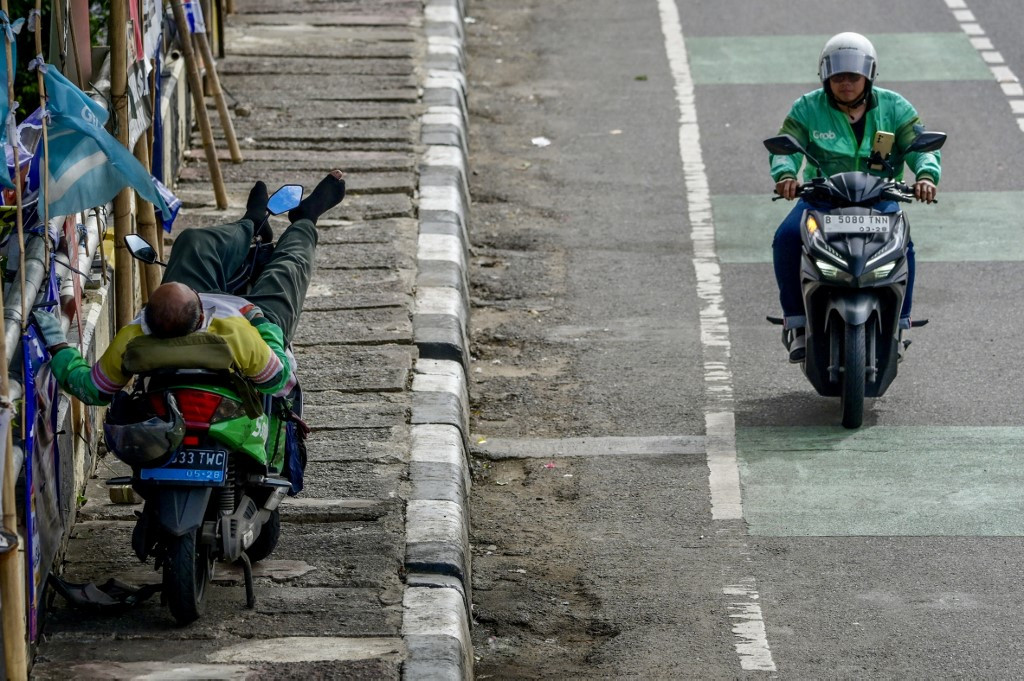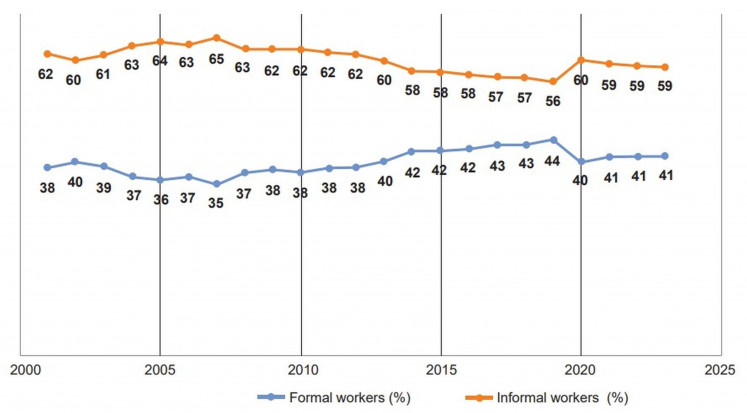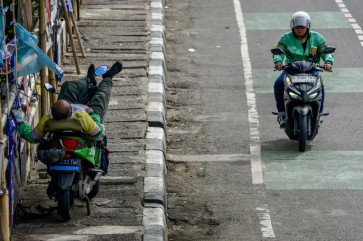Popular Reads
Top Results
Can't find what you're looking for?
View all search resultsPopular Reads
Top Results
Can't find what you're looking for?
View all search resultsInformality in Indonesia and middle-income trap
Before the COVID-19 pandemic, Indonesia progressed positively by driving down workers in the informal sector from 65 percent in 2007 to 56 percent in 2019. The tide has turned because of the pandemic, and as a result, the number of informal workers jumped to almost 80 million workers, or 59 percent of total employment in 2023.
Change text size
Gift Premium Articles
to Anyone
T
wo days ago, we hosted a discussion with Kiki Verico, an associate professor from the University of Indonesia, about the manufacturing industry in Indonesia. The topic may not be new to economists, but it is still relevant.
The discussion was mainly about gaining higher economic growth through strengthening Indonesia’s position in the global supply chain and foreign direct investment (FDI). We also discussed the strategy to avoid deindustrialization and the middle-income trap (MIT). That discussion becomes more enticing when we dive into informality in Indonesia.
Before the COVID-19 pandemic, Indonesia progressed positively by driving down workers in the informal sector from 65 percent in 2007 to 56 percent in 2019. The tide has turned because of the pandemic, and as a result, the number of informal workers jumped to almost 80 million workers, or 59 percent of total employment in 2023.
The three biggest sectors contributing to informal work are agriculture (88 percent), accommodation and restaurants (75 percent) and trade (69 percent). We also notice that the contribution of informality in those sectors increased by 2-4 percent compared to pre-pandemic levels. However, the next question is whether informality in our economy will have good or bad consequences in the future.
Informality is widely described as the activities of firms and workers outside formal frameworks. We could define this as all economic actors not recorded as a legal entity or in our tax system.
In general, the level of informality is significantly higher in emerging economies and developing countries. The World Bank estimates that non-developed countries' informal output contributes 33 percent to gross domestic product (GDP). Meanwhile, self-employment, as an indicator for informal workers, makes up 42 percent of the total employment. Of course, those figures are much lower in developed countries such as the United States and European countries.
Formal and informal workers. (Bank Mandiri/-)


















